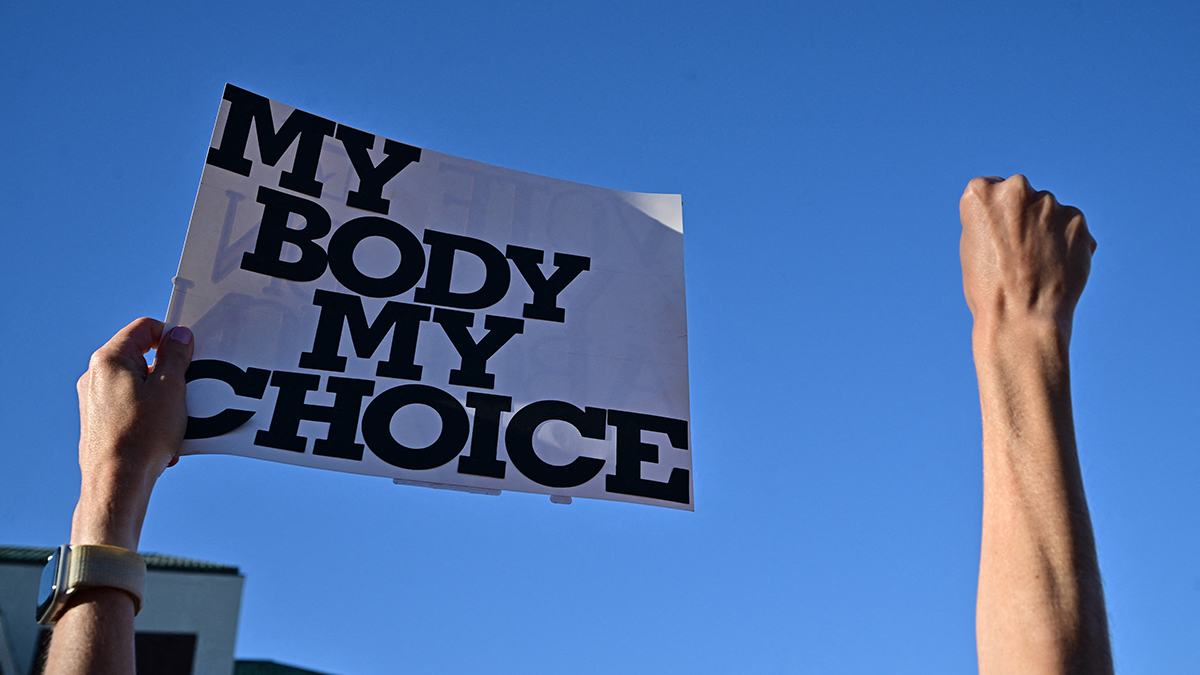Budget writers in the Texas House are set to unveil their own state spending plan after the Senate overwhelmingly approved a $195.5 billion two-year budget proposal.
The House Appropriations Committee on Thursday is expected to deliver a state budget for 2014-15 to the full chamber. Republican Tommy Williams, the chief budget writer in the Senate, says he expects the House budget to have more similarities than differences to the Senate version.
The budget cleared the first major vote in the Texas Legislature on Wednesday when the Senate approved a $195.5 billion spending plan that will now test a relatively civil political climate this session as Democrats ratchet up pressure to cough up more.
The spending bill passed 29-2 and proposes a 7.7 percent increase in general revenue spending over the current budget, which lawmakers cut to the bone in 2011 to erase a massive shortfall borne by the Great Recession.
Senate GOP leaders lauded the proposed 2014-15 budget as making the best of sunnier economic fortunes this time around. Public schools gutted of $5.4 billion two years ago would win back about one-fourth of those historic cuts, mental health funding would increase by $240 million and financially shaky state parks would be spared from closure.
Democrats raised skepticism during a three-hour Senate floor session about whether the spending kept pace with population growth. They also urged majority Republicans -- yet again -- to dig deep into a Rainy Day Fund that is projected to reach nearly $12 billion in cash reserves.
Yet only Democrats Wendy Davis and Sylvia Garcia -- who was sworn in just last week -- ultimately voted against the bill.
Politics
Politics from around the world.
"We've come a long way, baby, since last session," said Republican Tommy Williams, the Senate's chief budget-writer.
Williams said room remains to deliver tax relief, which Gov. Rick Perry wanted lawmakers to prioritize going into the session. Williams said the most likely options include refunding $900 million in the System Benefit Fund that was created to help low-income residents pay utility bills.
Davis, whose eleventh-hour filibuster during the 2011 session to temporarily postpone the classroom spending cuts elevated her star power among Democrats, was again the loudest voice of dissent in the chamber.
"The budget product was artificially strained from the start," Davis said. "I can't ignore the alternatives that were available to us."
Yet aside from Davis' floor speech, the Senate budget bill passed with little drama. Retired teachers in red shirts packed the gallery when the Senate began but stuck around only long enough for a resolution honoring their members. They filed out before the chamber began considering the budget bill in which public education funding remains the most divisive issue.
Other Democrats conveyed optimism that more money would eventually be spent but did not launch into any pointed attacks.
The Senate budget uses $94.1 billion in general revenue and carries a total price tag of the $195.5 billion over two years. General revenue is mostly stockpiled through state sales taxes, and is the pot of money that lawmakers wield most control over how to spend when writing the budget.
A rejuvenated Texas economy handed lawmakers a record $101.1 billion in revenue to potentially spend when the Legislature convened in January. About $6.6 billion of that was already spent earlier this month in an emergency bill to cover a Medicaid shortfall, and there is $269 million in other estimated expenses in the current budget that lawmakers must also set aside.
That leaves about $410 million remaining, and Williams said that number is likely to increase after the comptroller revises revenue projections next month.



